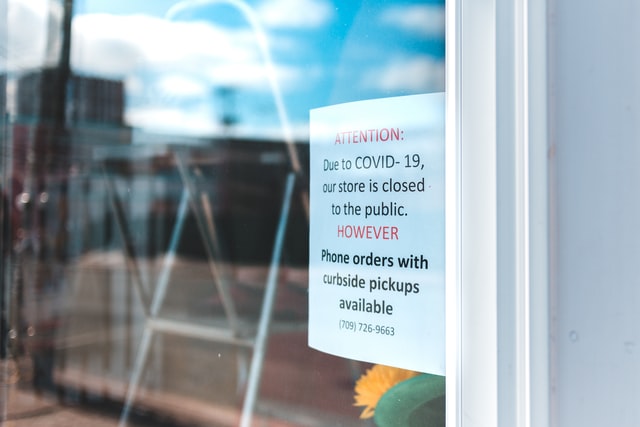The coronavirus pandemic has taken a significant toll on many businesses and individuals all over the world. It is as if we are living an alternate universe where our global economy gradually collapses and we are left to make sacrifices in order to survive. The pandemic has negatively affected many lives and has caused business closures from different industries. These are the hard realities that we face now.
As time goes by, we see glimpses of hope at the end of the dark tunnel. Singapore’s Phase 2 has made steady progress towards reopening the country to more business activities such as nail salons, bookstores, fitness studios, tuition centers, and more. We moved into the next stage while successfully keeping the community transmissions low.
Despite this, businesses must reopen with caution. It is crucial to prepare for gradual business recovery with adequate planning. Here are some things that you may consider as you open your doors to others.
OPEN WITH MINIMUM OPERATIONAL CAPACITY
One of the biggest mistakes that you may make is to eagerly start full on day one. This can incur unnecessary costs (i.e., includes wages and utility expenses) and can increase the risks of closure. View the situation with realistic lenses. Many consumers are slimming down their budgets in order to make ends meet. If the demand is low, you must adjust to the situation by operating your business with minimum capacity.
What is the bare setup you need to complete your monthly business cycles? Stick to that. This bare setup includes your essential staff, minimum inventory, and main products or services. As you reawaken your ecosystem, it will gradually grow in time. Your only goal on day one is to restart.
MAKE PERSONALIZED CALLS TO CLIENTS AND STAKEHOLDERS
Everyone will expect a different level of business productivity during the recovery period. It is unreasonable for others to require you the same amount of outcome as you achieved a year before. This leeway is not excuse for you to lose your communication channels with your loyal clients and stakeholders. Assure them that you are taking active steps into restarting the business.
Make personalized calls to these important people. Be honest and genuine as you hear out their concerns and grievances. Prepare for the personalized calls by having a list of possible questions and by offering practical solutions to their possible concerns. You can regularly update them as soon as you are able to address certain challenges on your way to business recovery.
CALCULATE THE TOTAL BUSINESS IMPACT
From the beginning of the Circuit Breaker period down to the present, you must calculate the profits and losses that your business incurred. Doing so, you will be able to have a numeric goal for your business to achieve in time.
Several business continuity models suggest that you must calculate the business recovery costs, audit the liquid assets and know the projected sales to paint the picture of a realistic business recovery timeline. Business recovery costs are liability that you will slowly pay off with liquid assets, then with projected sales. Going through this process will give you an idea of how long you should plan for business recovery.
CREATE A BUSINESS RECOVERY PLAN
Much like one’s journey to starting a family, business recovery cannot be rushed. You must plan for it with a sense of control. Use your realistic timeline to bring your business back to its healthy shape. During this recovery period, you must operate at a minimum capacity and explore other sources of income. For instance, a construction company may look into offering demolition or dismantling services.

Image Credits: unsplash.com
It is important to be aware of the relevant national rules that govern your industry. The changes in the demand for your products and services must be taken into account too. Activate the non-essential parts of your operations as your business increases its sales. Take things slow!














